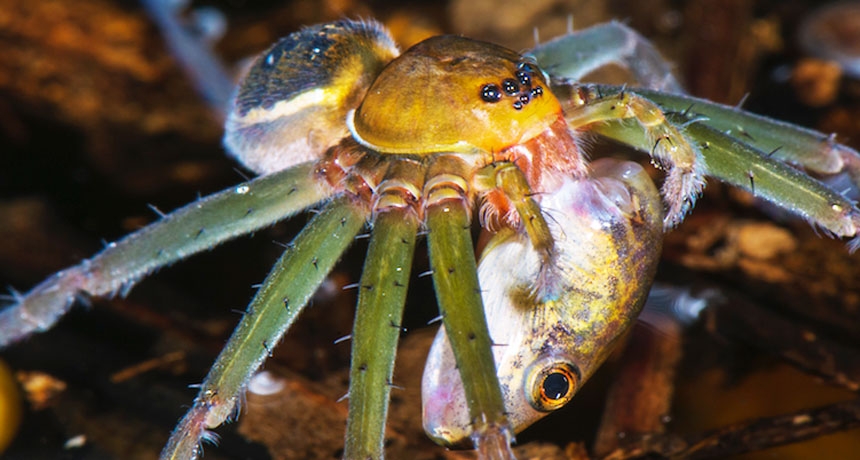amphibians A group of animals that includes frogs, salamanders and caecilians. Amphibians have backbones and can breathe through their skin. Unlike reptiles, birds and mammals, unborn or unhatched amphibians do not develop in a special protective sac called an amniotic sac.
bug The slang term for an insect. Sometimes it’s even used to refer to a germ.
colleague Someone who works with another; a co-worker or team member.
conservation The act of preserving or protecting something. The focus of this work can range from art objects to endangered species and other aspects of the natural environment.
ecology A branch of biology that deals with the relations of organisms to one another and to their physical surroundings. A scientist who works in this field is called an ecologist.
ecosystem A group of interacting living organisms — including microorganisms, plants and animals — and their physical environment within a particular climate. Examples include tropical reefs, rainforests, alpine meadows and polar tundra. The term can also be applied to elements that make up some an artificial environment, such as a company, classroom or the internet.
field An area of study, as in: Her field of research was biology. Also a term to describe a real-world environment in which some research is conducted, such as at sea, in a forest, on a mountaintop or on a city street. It is the opposite of an artificial setting, such as a research laboratory.
food web (also known as a food chain) The network of relationships among organisms sharing an ecosystem. Member organisms depend on others within this network as a source of food.
humidity A measure of the amount of water vapor in the atmosphere. (Air with a lot of water vapor in it is known as humid.)
invertebrate An animal lacking a backbone. About 90 percent of animal species are invertebrates.
litter (in biology) Decaying leaves and other plant matter on the surface of a forest floor.
mammal A warm-blooded animal distinguished by the possession of hair or fur, the secretion of milk by females for feeding their young, and (typically) the bearing of live young.
organism Any living thing, from elephants and plants to bacteria and other types of single-celled life.
predator (adjective: predatory) A creature that preys on other animals for most or all of its food.
prey (n.) Animal species eaten by others. (v.) To attack and eat another species.
rainforest Dense forest rich in biodiversity found in tropical areas with consistent heavy rainfall.
reptile Cold-blooded vertebrate animals, whose skin is covered with scales or horny plates. Snakes, turtles, lizards and alligators are all reptiles.
spider A type of arthropod with four pairs of legs that usually spin threads of silk that they can use to create webs or other structures.
tarantula A hairy spider, some of which grow large enough to catch small lizards, frogs and birds.
tissue Made of cells, it is any of the distinct types of materials that make up animals, plants or fungi. Cells within a tissue work as a unit to perform a particular function in living organisms. Different organs of the human body, for instance, often are made from many different types of tissues.
venom A poisonous secretion of an animal, such as a snake, spider or scorpion, usually transmitted by a bite or sting.
vertebrate The group of animals with a brain, two eyes, and a stiff nerve cord or backbone running down the back. This group includes amphibians, reptiles, birds, mammals and most fish.








